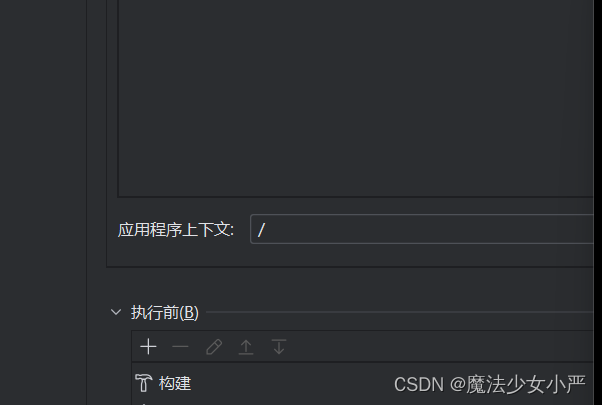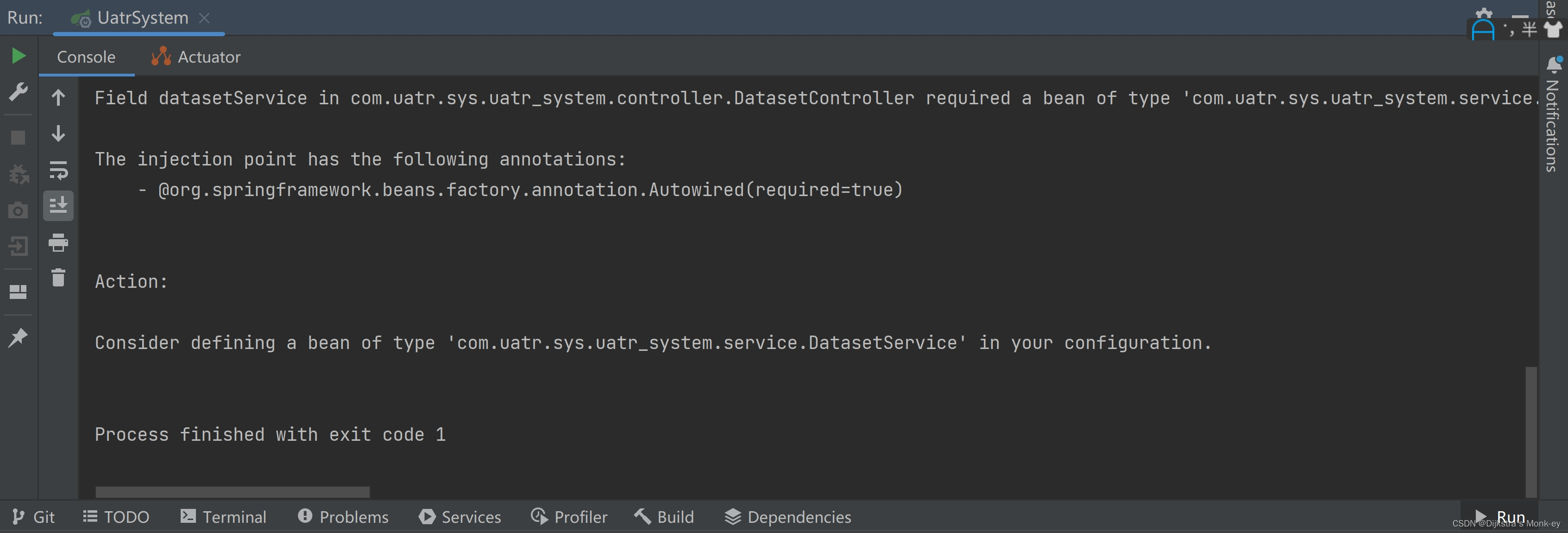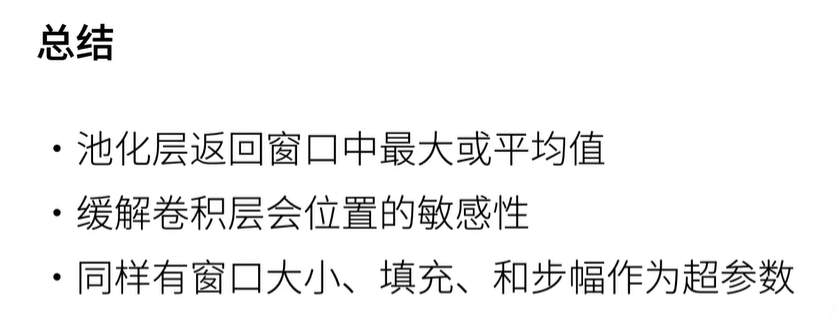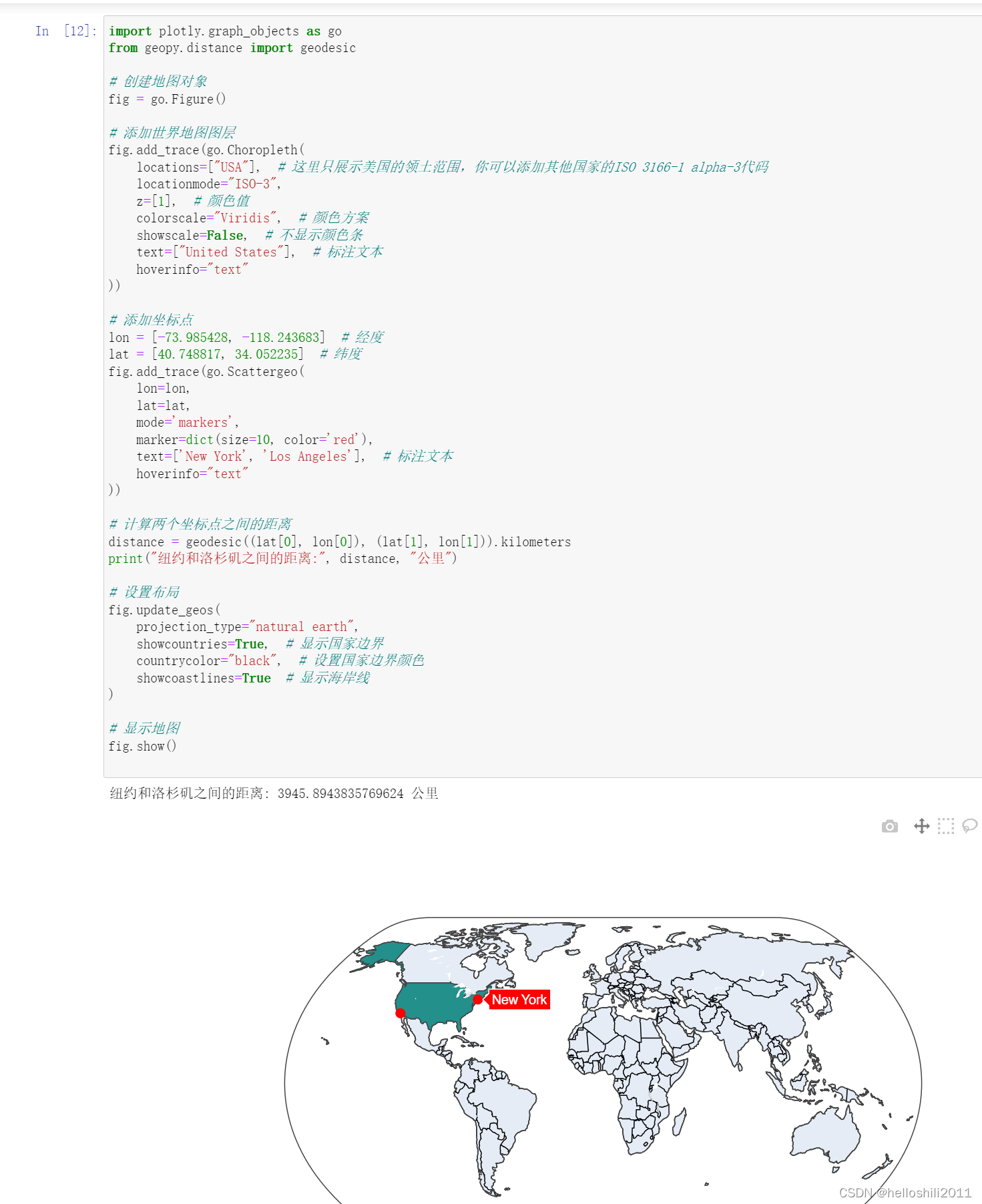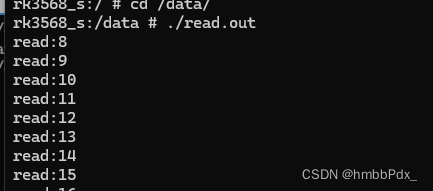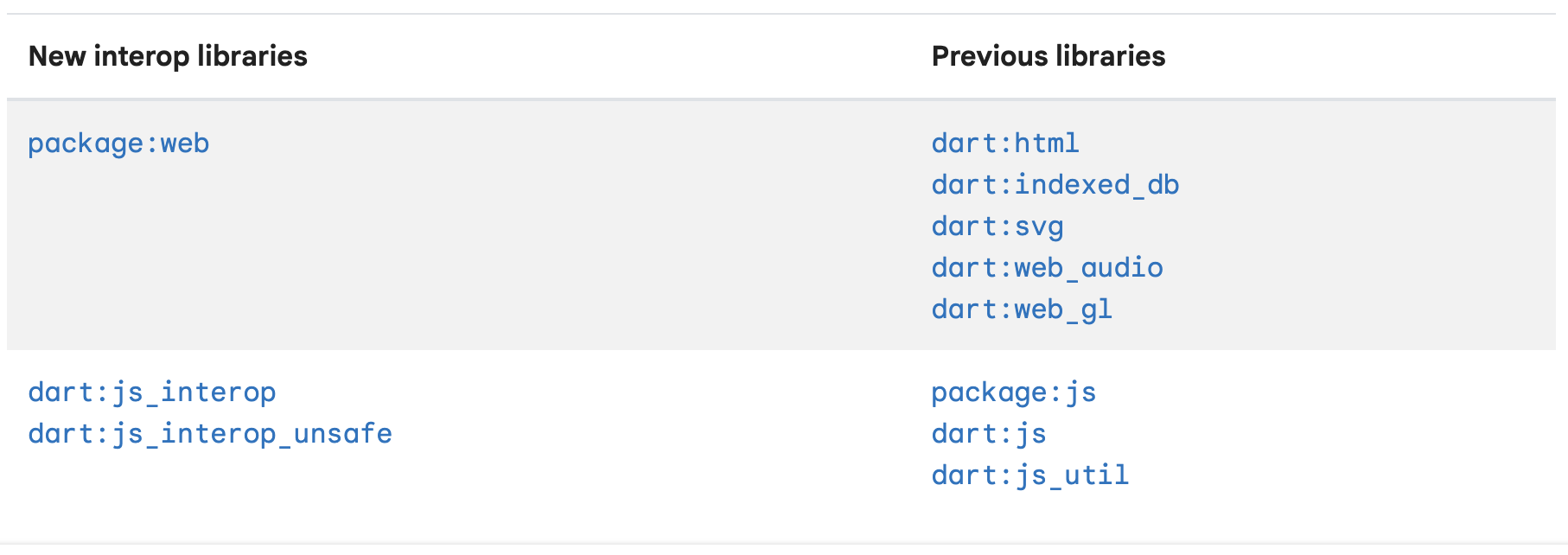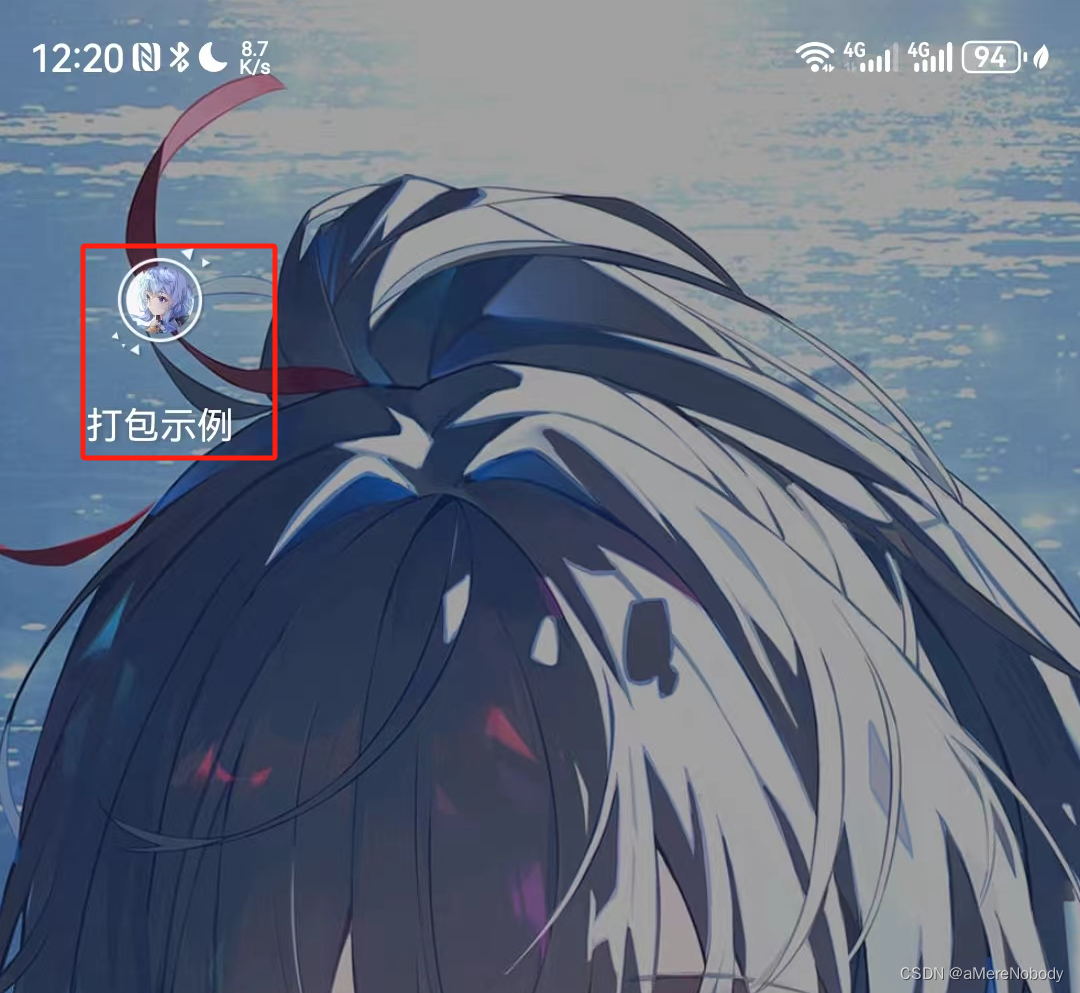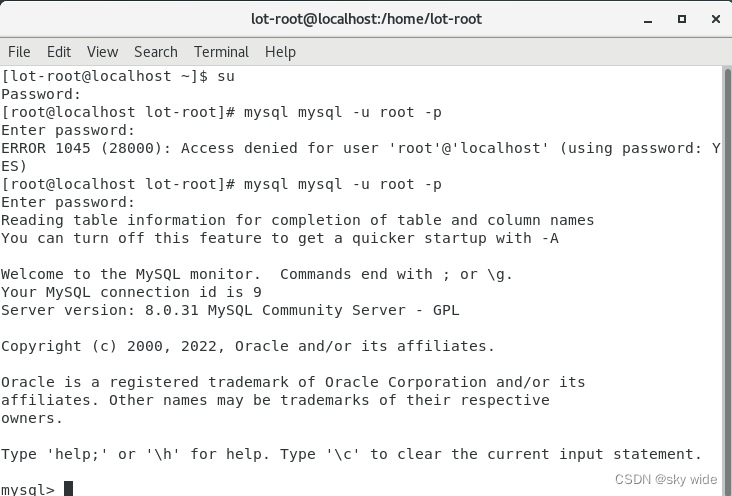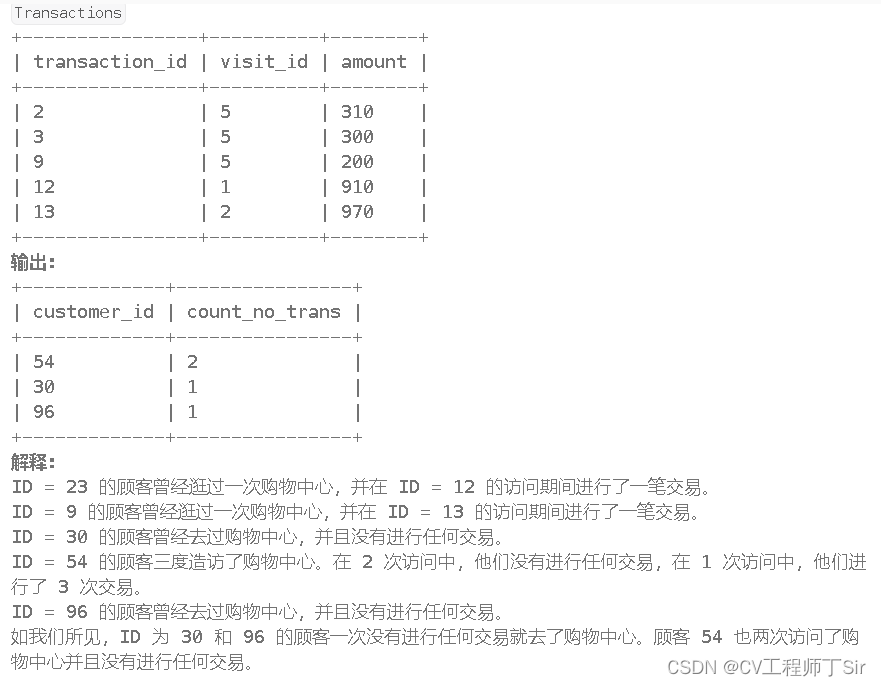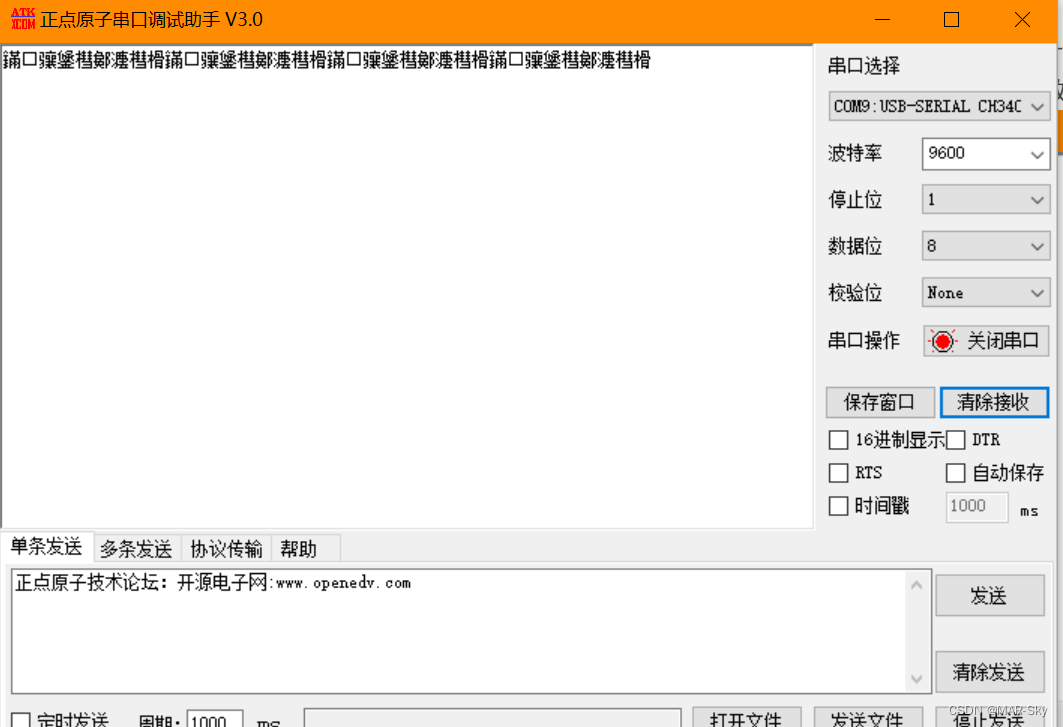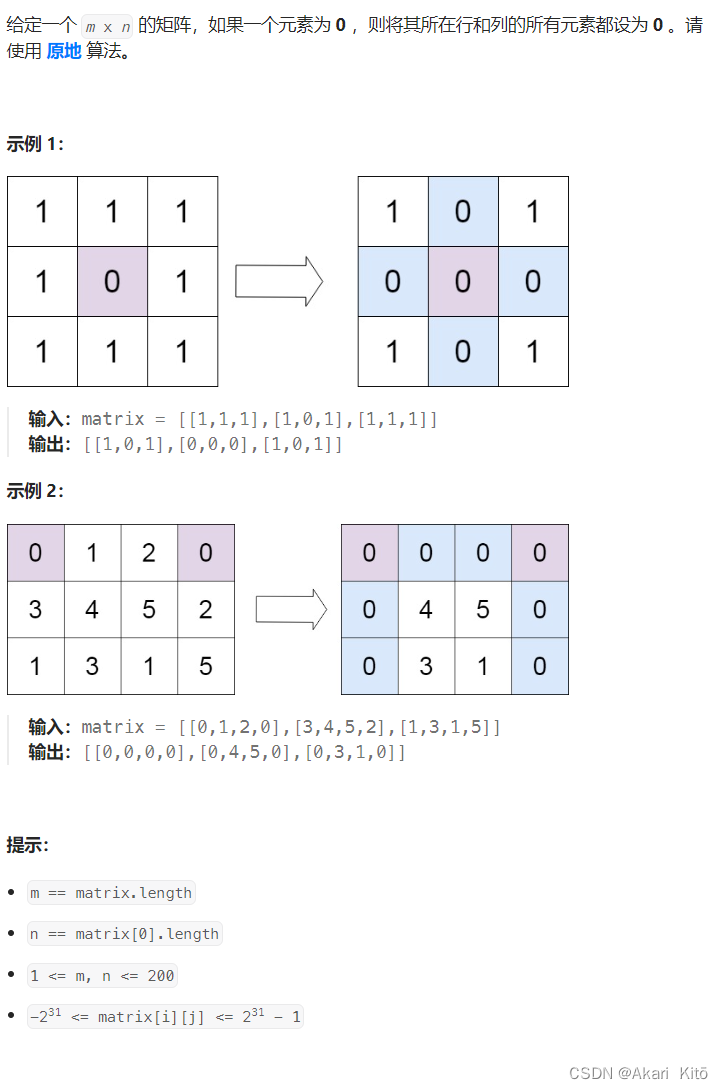1.相对路径 不以/开头 以当前资源的所在路径为出发点去找目标资源 语法: ./表示当前资源的路径 ../表示当前资源的上一层路径 缺点:不同位置,相对路径写法不同
2.绝对路径 以固定的路径作为出发点作为目标资源,和当前资源所在路径没关系 语法:以/开头,不同的项目中,固定的路径的出发点可能不一致,我的浏览器以http://localhost:8080为出发点 缺点:需要补充项目上下文,项目上下文会发生改变
在不同html文件中访问photo.png图片

index.html文件 img路径相对路径写法
<!DOCTYPE html>
<html lang="en">
<head><meta charset="UTF-8"><title>Title</title>
</head>
<body>
<img src="static/img/photo.png"/>
</body></html>当前资源的请求路径:http://localhost:8080/demo05_path_war_exploded/index.html
当前资源是:index.html
当前资源的所在路径是:http://localhost:8080/demo05_path_war_exploded/
相对路径的规则就是当前资源的所在路径后拼接目标资源
浏览器向服务器请求http://localhost:8080/demo05_path_war_exploded/static/img/photo.png
test.html文件
<!DOCTYPE html>
<html lang="en">
<head><meta charset="UTF-8"><title>Title</title>
</head>
<body>
<img src="../../../static/img/photo.png"/>
</body>
</html>
当前资源的请求路径:http://localhost:8080/demo05_path_war_exploded/a/b/c/test.html
当前资源是:test.htm
当前资源的所在路径是:http://localhost:8080/demo05_path_war_exploded/a/b/c/
相对路径的规则就是当前资源的所在路径后拼接目标资源
浏览器向服务器请求
http://localhost:8080/demo05_path_war_exploded/a/b/c/../../../static/img/photo.png
http://localhost:8080/demo05_path_war_exploded/static/img/photo.png
view.html文件无法直接访问,使用请求转发 View1Servlet
package com.yan.servlet;import jakarta.servlet.ServletException;
import jakarta.servlet.annotation.WebServlet;
import jakarta.servlet.http.HttpServlet;
import jakarta.servlet.http.HttpServletRequest;
import jakarta.servlet.http.HttpServletResponse;import java.io.IOException;
@WebServlet("/View1Servlet")
public class View1Servlet extends HttpServlet {@Overrideprotected void service(HttpServletRequest req, HttpServletResponse resp) throws ServletException, IOException {req.getRequestDispatcher("WEB-INF/views/view.html").forward(req,resp);//请求转发}
}view.html文件
<!DOCTYPE html>
<html lang="en">
<head><meta charset="UTF-8"><title>Title</title>
</head>
<body>
<img src="../../static/img/photo.png"/>
</body>
</html>当前资源的请求路径:http://localhost:8080/demo05_path_war_exploded/View1Servlet
当前资源是:View1Servlet
当前资源的所在路径是:http://localhost:8080/demo05_path_war_exploded/
相对路径的规则就是当前资源的所在路径后拼接目标资源
浏览器向服务器请求
http://localhost:8080/demo05_path_war_exploded/../../static/img/photo.png
http://localhost:8080/static/img/photo.png 无法找到图片
正确代码:
<!DOCTYPE html>
<html lang="en">
<head><meta charset="UTF-8"><title>Title</title>
</head>
<body>
<img src="static/img/photo.png"/>
</body>
</html>当前资源的请求路径:http://localhost:8080/demo05_path_war_exploded/View1Servlet
当前资源是:View1Servlet
当前资源的所在路径是:http://localhost:8080/demo05_path_war_exploded/
相对路径的规则就是当前资源的所在路径后拼接目标资源
浏览器向服务器请求
http://localhost:8080/demo05_path_war_exploded/static/img/photo.png可以找到图片
绝对路径
绝对路径 以固定的路径作为出发点作为目标资源,和当前资源所在路径没关系 语法:以/开头,不同的项目中,固定的路径的出发点可能不一致,我的浏览器以http://localhost:8080为出发点 缺点:需要补充项目上下文,项目上下文会发生改变
index.html文件
<!DOCTYPE html>
<html lang="en">
<head><meta charset="UTF-8"><title>Title</title>
</head>
<body>
<img src="/demo05_path_war_exploded/static/img/photo.png"/>
</body></html>通过head标签中的base标签可以把所有不加修饰的相对路径加上href定义的公共前缀变为绝对路径
<head><meta charset="UTF-8"><title>Title</title><base href="/demo05_path_war_exploded/"> </head>
重定向的路径问题
例1:
Servlet01
@WebServlet("/Servlet01")
public class Servlet01 extends HttpServlet {@Overrideprotected void service(HttpServletRequest req, HttpServletResponse resp) throws ServletException, IOException {resp.sendRedirect("Servlet02");//重定向}
}Servlet02
@WebServlet("/Servlet02")
public class Servlet02 extends HttpServlet {@Overrideprotected void service(HttpServletRequest req, HttpServletResponse resp) throws ServletException, IOException {System.out.println("Servlet02执行了");}
}
当前资源的请求路径:http://localhost:8080/demo05_path_war_exploded/Servlet01
当前资源是:Servlet1
当前资源的所在路径是:http://localhost:8080/demo05_path_war_exploded/
重定向使用相对路径写法
resp.sendRedirect("Servlet02");//重定向
浏览器响应:看Location

浏览器向服务器请求
ttp://localhost:8080/demo05_path_war_exploded/Servlet02
例二:
servlet01
@WebServlet("/x/y/z/Servlet01")
public class Servlet01 extends HttpServlet {@Overrideprotected void service(HttpServletRequest req, HttpServletResponse resp) throws ServletException, IOException {resp.sendRedirect("../../../Servlet02");}
}servlet02
@WebServlet("/Servlet02")
public class Servlet02 extends HttpServlet {@Overrideprotected void service(HttpServletRequest req, HttpServletResponse resp) throws ServletException, IOException {System.out.println("Servlet02执行了");当前资源的请求路径:http://localhost:8080/demo05_path_war_exploded/x/y/z/Servlet01
当前资源是:Servlet01
当前资源的所在路径是:http://localhost:8080/demo05_path_war_exploded/
重定向使用相对路径写法
resp.sendRedirect("../../../Servlet02");//重定向
浏览器响应:看Location

浏览器向服务器请求
ttp://localhost:8080/demo05_path_war_exploded/x/y/z/../../../Servlet02
ttp://localhost:8080/demo05_path_war_exploded/Servlet02
总结:相对路径规则和前端相对路径一致
例三:
绝对路径重定向:
Servlet01:
@WebServlet("/x/y/z/Servlet01")
public class Servlet01 extends HttpServlet {@Overrideprotected void service(HttpServletRequest req, HttpServletResponse resp) throws ServletException, IOException {resp.sendRedirect("/demo05_path_war_exploded/Servlet02");}
}
Servlet02:
@WebServlet("/Servlet02")
public class Servlet02 extends HttpServlet {@Overrideprotected void service(HttpServletRequest req, HttpServletResponse resp) throws ServletException, IOException {System.out.println("Servlet02执行了");}
}以下代码得到绝对路径更灵活
ServletContext servletContext = req.getServletContext();
String contextPath =servletContext.getContextPath();//返回项目的上下文路径
resp.sendRedirect(contextPath+"/servlet02");绝对路径以http://localhost:8080为出发点
浏览器向服务器请求
ttp://localhost:8080/demo05_path_war_exploded/Servlet02

请求转发的路径问题
例1:
请求转发的相对路径写法:
Servlet01:
@WebServlet("/Servlet01")
public class Servlet01 extends HttpServlet {@Overrideprotected void service(HttpServletRequest req, HttpServletResponse resp) throws ServletException, IOException {req.getRequestDispatcher("Servlet02").forward(req,resp);//相对路径写法}
}Servlet02:
@WebServlet("/Servlet02")
public class Servlet02 extends HttpServlet {@Overrideprotected void service(HttpServletRequest req, HttpServletResponse resp) throws ServletException, IOException {System.out.println("Servlet02执行了");}
}
例2:
请求转发的绝对路径写法,不需要写上下文
Servlet01
@WebServlet("/Servlet01")
public class Servlet01 extends HttpServlet {@Overrideprotected void service(HttpServletRequest req, HttpServletResponse resp) throws ServletException, IOException {//绝对路径写法不需要添加项目上下文//请求转发的/代表 项目上下文req.getRequestDispatcher("/Servlet02").forward(req,resp);}
}Servlet02
@WebServlet("/Servlet02")
public class Servlet02 extends HttpServlet {@Overrideprotected void service(HttpServletRequest req, HttpServletResponse resp) throws ServletException, IOException {System.out.println("Servlet02执行了");}
}
不设置项目上下文
在idea 的编辑配置-部署中将应用程序上下文 改为/
好处:原来/demo05_path_war_exploded/Servlet02的绝对路径写法,现在写为/Servlet02
